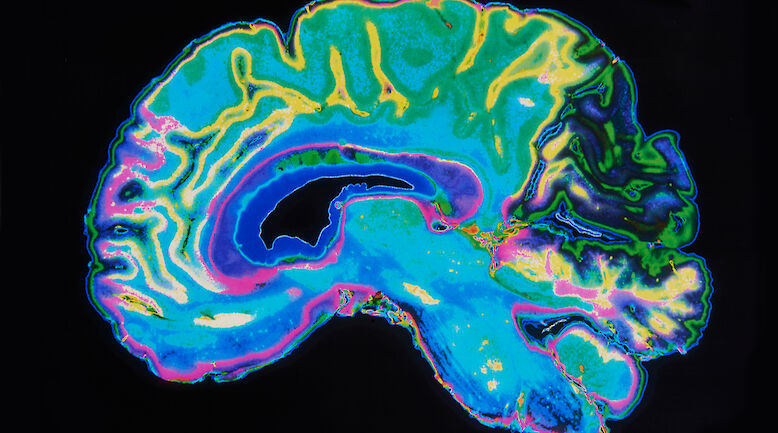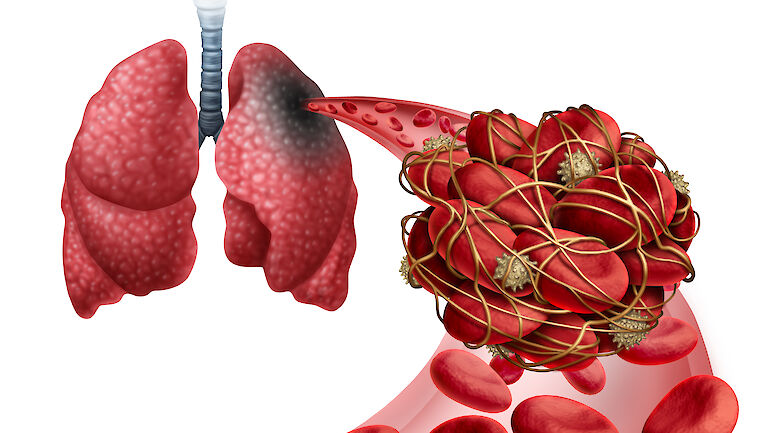Medication-related deaths have declined in a university hospital

Background
The incidence of fatal adverse drug reactions (ADRs) in a tertiary hospital was studied in order to find out which drugs were involved. The secondary objective was to compare the results with data from the same hospital published 12 years earlier.
Methods
All 1708 deaths in the Helsinki University Central Hospital during the year 2012 were retrospectively evaluated. All suspected medication-related deaths, excluding suicides, were scrutinized by an expert panel using the WHO ADR probability classification.
Results
Of all cases, 52 (3.0%) were classified as certainly or probably drug-related and 24 (1.4%) as possibly drug-related. Together, these correspond to 0.02% of all hospital admissions. The most commonly involved drugs in certain or probable cases were cytotoxic drugs (18 cases, 1.1% of all cases) and antithrombotics (17 cases, 1.0%). Twelve years earlier, these caused 27 (1.8%) and 22 (1.5%) deaths, respectively. Non-steroidal anti-inflammatory drugs (NSAIDs) and glucocorticoids caused fewer (2 and 0 cases) fatal ADRs than earlier (12 and 4 cases, p = 0.048 and p = 0.005, respectively). Most of the ADRs leading to death were already present on admission and in seriously ill or elderly patients. Hospital-onset fatal ADRs occurred in 0.003% of patients.
Conclusions
Cytotoxic drugs and antithrombotics are still the leading causes of fatal ADRs, but NSAIDs and glucocorticoids seem to cause fatal ADRs less often than previously. The incidence of fatal ADRs in 2012 was 3.0% of all deaths, suggesting a decline compared to the 2000 value (5.0%). Improved awareness, prevention and treatment of ADRs and safer medicines may explain these declining trends.















